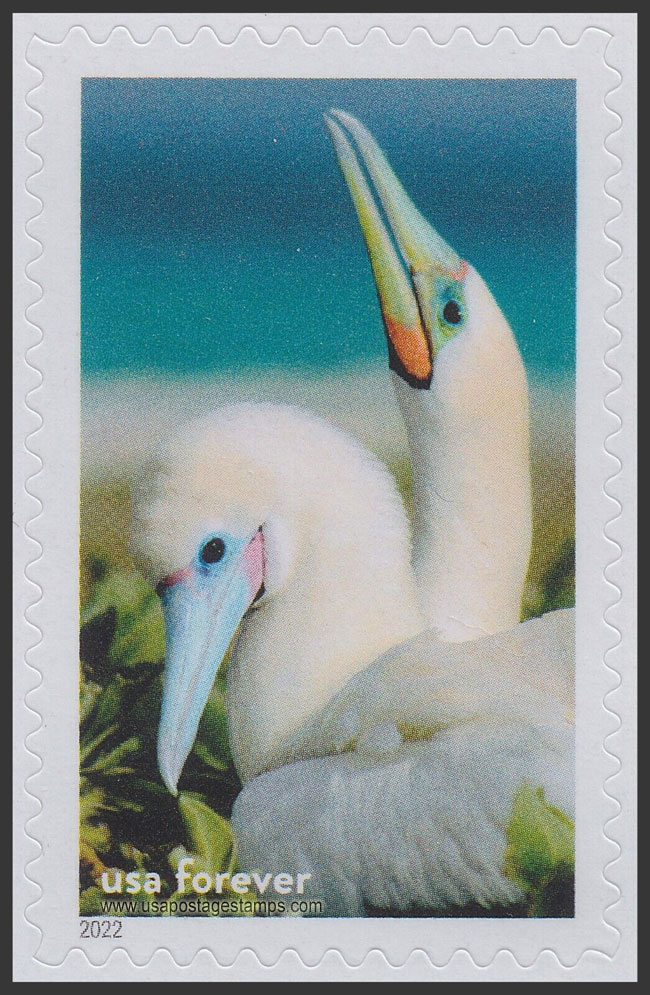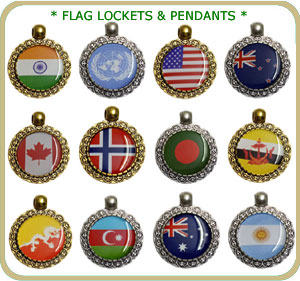US 2022 Red-footed boobies, Papahanaumokuakea Marine Nat Monument 60c. Scott. 5713b

Series: Marine Sanctuaries of the USA (2022)
Stamp details: Red-footed boobies, Papahanaumokuakea Marine Nat Monument
Issued date: 05-08-2022 (dd/mm/yyyy)
Face value: 60c.
(FOREVER º - No Face Value)
Format: Pane of 16
Emission: Commemorative
First Day City: Santa Cruz, California
Catalogue No:-
Scott (USA): 5713b
Dimensions (height x width):
39.75mm x 25mm
Printer: Ashton Potter (USA) Ltd
Print Method: Offset
Designers: Greg Breeding
Perforation: Serpentine Die Cut
Stamp Colors: Multicolored
Gum type: Self-Adhesive
Themes: National Park, Birds
Total print: 2,375,000 (estimate)
Note: Stamp from Mini-Sheet.
Face value US$0.60 on day of issue.
Stamp details: Red-footed boobies, Papahanaumokuakea Marine Nat Monument
Issued date: 05-08-2022 (dd/mm/yyyy)
Face value: 60c.
(FOREVER º - No Face Value)
Format: Pane of 16
Emission: Commemorative
First Day City: Santa Cruz, California
Catalogue No:-
Scott (USA): 5713b
Dimensions (height x width):
39.75mm x 25mm
Printer: Ashton Potter (USA) Ltd
Print Method: Offset
Designers: Greg Breeding
Perforation: Serpentine Die Cut
Stamp Colors: Multicolored
Gum type: Self-Adhesive
Themes: National Park, Birds
Total print: 2,375,000 (estimate)
Note: Stamp from Mini-Sheet.
Face value US$0.60 on day of issue.
Description:- The red-footed booby (Sula sula) is a large seabird of the booby family, Sulidae. Adults always have red feet, but the colour of the plumage varies. They are powerful and agile fliers, but they are clumsy in takeoffs and landings. They are found widely in the tropics, and breed colonially in coastal regions, especially islands. The species faces few natural or man-made threats, although its population is declining; it is considered to be a least-concern species by the International Union for Conservation of Nature (IUCN).
Source: en.wikipedia.org/wiki/Red-footed_booby
A U.S. National Marine Sanctuary is a zone within United States waters where the marine environment enjoys special protection. The program began in 1972 in response to public concern about the plight of marine ecosystems.
A U.S. National Marine Sanctuary is a federally designated area within United States waters that protects areas of the marine environment with special conservation, recreational, ecological, historical, cultural, archeological, scientific, educational, or aesthetic qualities. While National Marine Sanctuaries are multiple-use areas, the NMSA emphasizes that one of the express purposes of a sanctuary is to “maintain the natural biological communities” and to “protect and, where appropriate, restore and enhance natural habitats, populations, and ecological processes.” The National Marine Sanctuary System consists of 15 marine protected areas that encompass more than 783,000 square miles (2,030,000 km2). Individual areas range from less than 1 to 583,000 square miles (3 to 1,509,963 km2).
Source: en.wikipedia.org/wiki/United_States_National_Marine_Sanctuary
Source: en.wikipedia.org/wiki/Red-footed_booby
A U.S. National Marine Sanctuary is a zone within United States waters where the marine environment enjoys special protection. The program began in 1972 in response to public concern about the plight of marine ecosystems.
A U.S. National Marine Sanctuary is a federally designated area within United States waters that protects areas of the marine environment with special conservation, recreational, ecological, historical, cultural, archeological, scientific, educational, or aesthetic qualities. While National Marine Sanctuaries are multiple-use areas, the NMSA emphasizes that one of the express purposes of a sanctuary is to “maintain the natural biological communities” and to “protect and, where appropriate, restore and enhance natural habitats, populations, and ecological processes.” The National Marine Sanctuary System consists of 15 marine protected areas that encompass more than 783,000 square miles (2,030,000 km2). Individual areas range from less than 1 to 583,000 square miles (3 to 1,509,963 km2).
Source: en.wikipedia.org/wiki/United_States_National_Marine_Sanctuary




